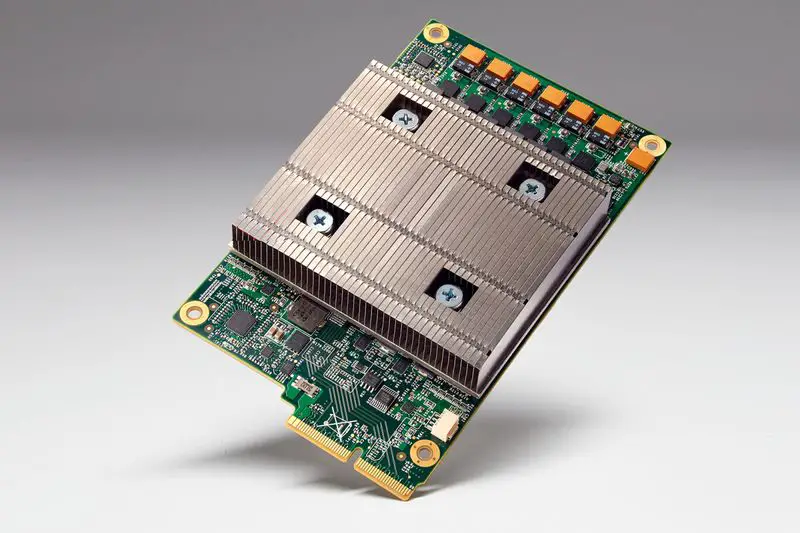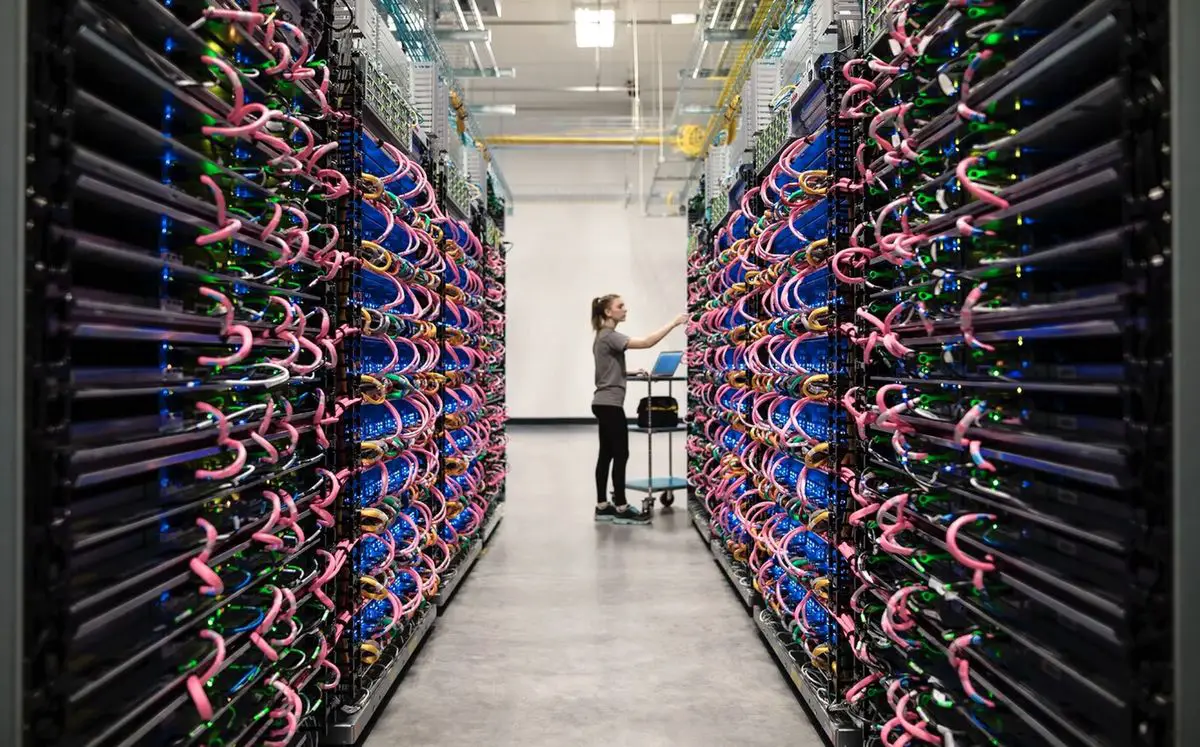What takes humans months to do, Google’s artificial intelligence does in six hours. That’s the claim Google makes about its AI capable of designing machine learning chips “comparable or superior” to those made by humans. After years of experiments, we will see the first commercial product in this regard shortly: Google’s upcoming TPU chips have been designed by an AI.
That Google uses its AI to design AI-optimized chips is no secret. However, it now appears that they have stopped experimenting and applied it to real products. They have also taken the opportunity to publish a study in Nature explaining development.
The great advantage that AI seems to bring to chip design is speed. According to Google, the great time savings implied by using the algorithm to design instead of humans could have important implications for the industry. In principle, it should make it possible to speed up design iterations for upcoming chips and quickly design chips for specific uses for which they are optimized.
Where AI seems most likely to have an impact is in planning the placement of elements on the chip. This process is essentially choosing where on the chip surface each element (CPU, GPU, memory…) goes. This is essential, as it directly affects the speed and efficiency of the chip depending on how far away each element is from the others.

While this is a problem of months of effort for humans, artificial intelligence takes it as a game. It interprets each element of the chip as a game piece and seeks to place it in the most efficient location, always taking into account all the other pieces and multiple other factors. After a few hours, it offers the most computationally efficient position of the set of elements in the given limit.
To train the AI, Google says it gave it data from 10,000 chip designs of higher and lower quality. Each chip was labeled according to its quality and taking into account values such as the length of wiring required or power usage. In this way, the AI learned which designs are good and which are not, and then generated their own.





